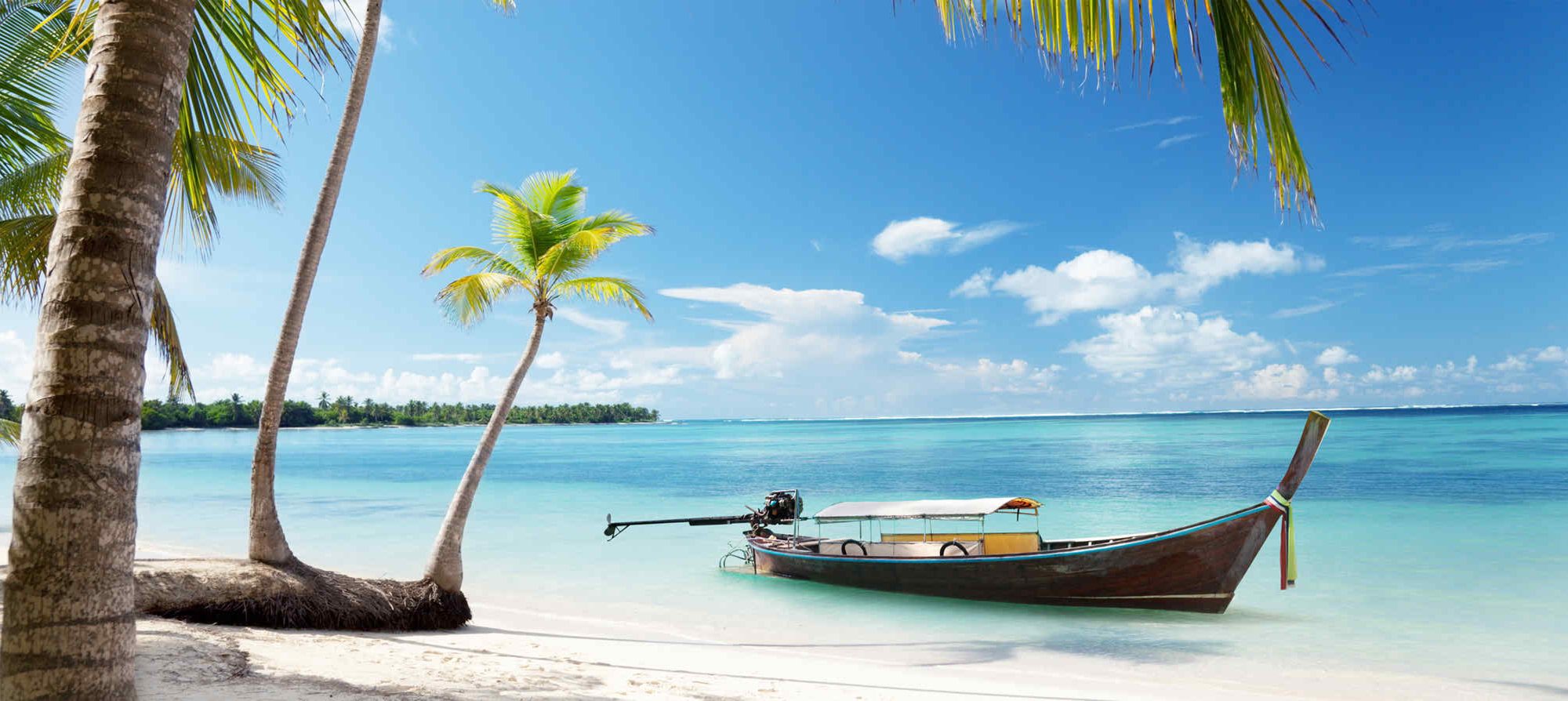Lychee Picking / Packing


Juicy Lychee – Make Money in Picking Lychee While Traveling Australia
Lychee, sometimes called as litchi from soapberry family, is known to be one of the most juicy and delicious summer fruit that is packed with essential nutrients, minerals and vitamins which the body needs. Australia is one of the most in demand producers of Litchi Chinensis for the international market as the country is able to produce high quality of Lychee, even if the crop is very complex to grow due to its poor fruit retention and irregular flowering.
Lychee Trees, which requires regular chemical control, takes five years before coming into production and can only produce ample crops until its sixth or eighth years. Its fruit, on the other hand, only ripens on the tree and has a very short life span if it is not refrigerated well.
Although unofficial information about the said fruit was recorded in China, even before 2000 B.C., it was only in 1970s when the major commercial introduction of Lychee was made in Australia. There are currently 15 different varieties of Lychees’ that are being harvested in Australia, but only less than ten varieties are being commercially produced that include Fay Zee Siu, Tai So, Kaimana, Sah Keng, Kwai May Pink (a.k.a Bosworth Number Three), Souey Tung, Wai Chee, Bengal and Salathiel.
Australia’s Lychee is normally produced in five regions – the Coastal North Queensland, Central Queensland, Southeast Queensland, Atherton Tablelands and Northern New South Wales. In all the said districts, Kwai Mai Pink, usually available from November to February, is the major variety being produced and harvested. It is also dubbed to have a premium price tag due to its higher ratio of flesh-to-seed.
Here are the other varieties of popular Lychee in Australia and their availability:
Bengal – a bright red-skinned Lychee that is normally available from December to January but with limited supply.
Fay Zee Siu – sweet large Lychee that is available from November to December. This type of cultivar is being harvested in Central Queensland, Coastal North Queensland and Atherton Tablelands.
Souey Tung – first cultivar to be cultivated in the country and is normally available from October to November. Just like Fay Zee Siu, Souey Tung is being harvested in Coastal North Queensland, Atherton Tablelands and Central Queensland.
Wai Chee – deep red colored lychee with smooth thin skin is available during late season of harvesting in areas from Northern New South Wales, Southeast Queensland and Central Queensland.
Salathiel – is normally available from December to January. The bright red small Lychee with smooth skin is being harvested in Northern New South Wales, Southeast Queensland and Central Queensland.
Tai So – this cultivar is usually grown and harvested in Coastal North Queensland and Atherton Tablelands, and is available from mid-November through mid-January.
Kaimana – is grown in Coastal North Queensland and Central Queensland that is normally available from November to December.
Since there are numerous districts that cultivate Lychees, there are also equal numbers of farms looking for fruit pickers. Picking or harvesting Lychees is best when done early in the morning and once they are picked, they can easily turn into brown and dry out if exposed so it’s best if it can be kept cool to 5°C as quickly as possible.
Since picking is done in hot conditions, workers should always bring plenty of water for hydration, and also use protective clothing such long sleeves and hats. Meanwhile, pay rates for Lychee pickers are usually per work piece, wherein, the more backpackers pick Lychees the more they get paid. It is advisable that workers have cash reserves in case picking Lychees is on the delay, due to weather conditions.






































